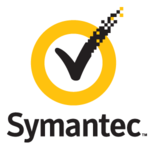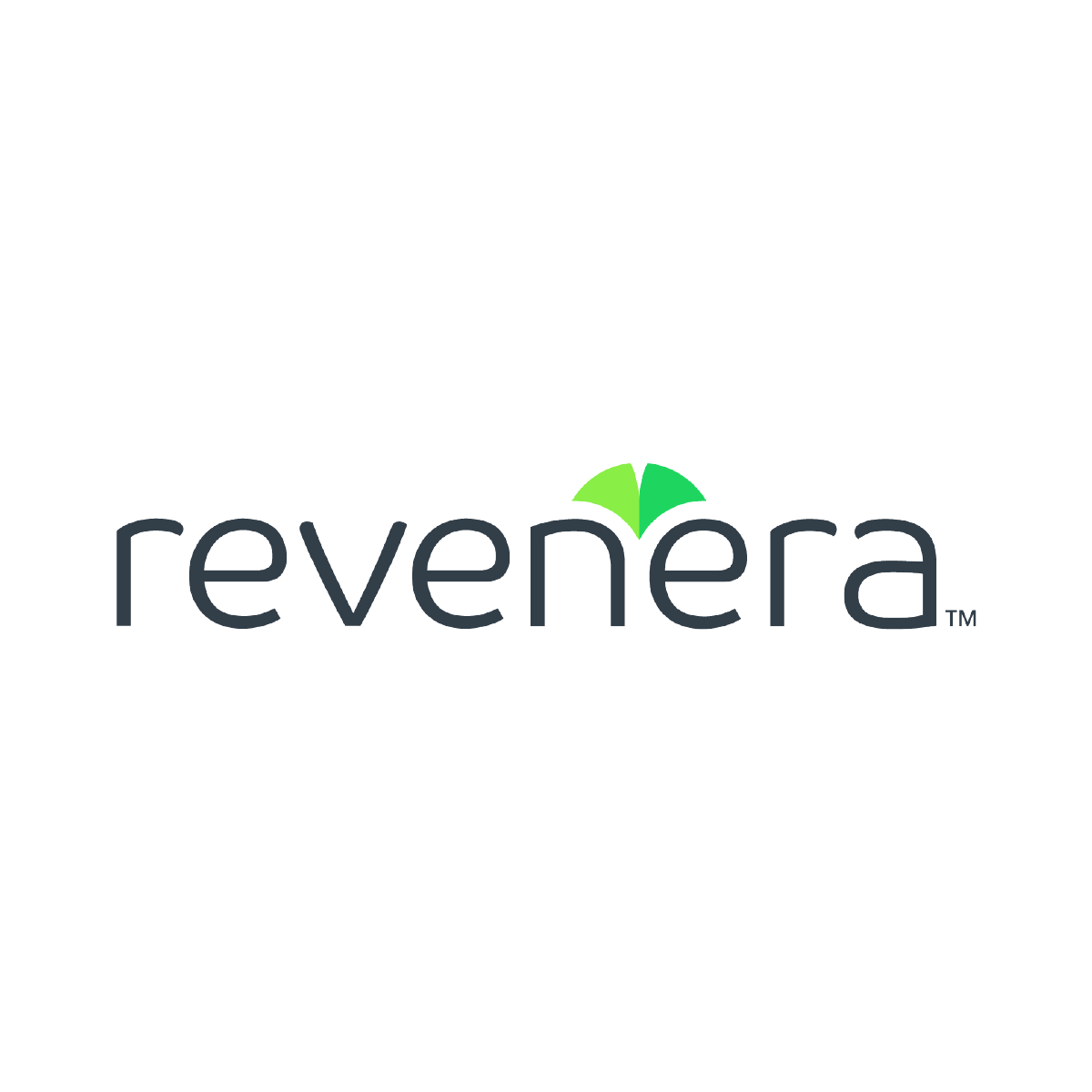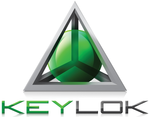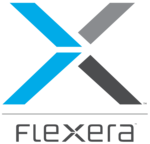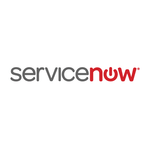What Is License Management Software?
License management software is a sophisticated solution that enables enterprises and organizations to properly manage their software licenses. It serves as a centralized system for tracking, monitoring, and analyzing software licenses, both in quantity and usage. This program enables enterprises to optimize their software utilization, reduce the risk of licensing noncompliance, and cut wasteful costs.
At its core, licensing management software allows businesses to identify which software licenses they own and how they are used throughout their network or devices. This includes information about license expiration and renewal dates, as well as the number of licenses currently in use. Businesses can use this data to assess if they have the appropriate number of licenses, avoid over- or under-licensing, and plan for future needs.
One of the primary benefits of license management software is its ability to assist enterprises in remaining compliant with software license agreements. This program reduces the possibility of noncompliance, penalties, or legal difficulties by tracking usage and preserving accurate license information. It also assists organizations in identifying any unwanted or underutilized licenses, minimizing wasteful expenses.
Furthermore, license management software enables real-time visibility into software utilization, allowing firms to determine which licenses are in use and which are not. This information can help businesses make better judgments regarding their software investments, perhaps saving them money in the long term. In addition to license management, this software includes capabilities like automated license renewal reminders, license allocation, and license deployment to different users.
Some advanced solutions may also have license optimization features, which discover chances to save money by reallocating or retiring unused licenses. With the increasing complexity of software licensing models and the potential financial consequences of noncompliance, license management software has become an indispensable tool for enterprises of all kinds. It simplifies license management, assists organizations in remaining compliant, and enables more efficient use of software licenses. When comparing possibilities, keep your organization's specific needs in mind and select software that fits within your budget and goals.
What Are The Recent Trends In License Management Software?
In recent years, the demand for licensing management software has increased as organizations of all sizes see the value of successfully managing their software licenses. As technology advances and new apps and systems are deployed, it becomes increasingly difficult for businesses to manage their software licenses and remain compliant. To overcome this challenge, license management software has changed throughout time to meet evolving corporate requirements.
Buyers of licensing management software should be aware of the following current trends:
1. Cloud-Based Solutions: As cloud technology has evolved, license management software has transitioned to provide cloud-based solutions. This enables faster access, scalability, and centralized license management across various devices and locations.
2. Automation And Integration: To streamline procedures and increase productivity, license management software now includes automation and integration features. This features automatic license renewals, integrated reporting tools, and real-time licensing tracking.
3. Subscription-Based Models: Rather than making one-time purchases, many licensing management software companies are shifting to subscription-based pricing. This gives for greater price flexibility and can benefit smaller enterprises who may not have the capacity to make a substantial initial investment.
4. Mobile-Friendly Applications: As remote work becomes more common, licensing management software is being updated to support mobile devices. This makes it easy to access and manage license information from anywhere and at any time.
5. Predictive Analytics: Using AI and machine learning, license management software can now estimate future license requirements based on usage trends. This allows firms to better manage their license purchases and prevent potential compliance difficulties.
6. Cross-Platform Support: As businesses use a wide range of devices and operating systems, license management software now includes cross-platform support to ensure that all devices and applications are monitored and managed.
7. Improved Security Measures: With the growing issue of software piracy and unauthorized access to licenses, license management software is continually updating its security measures to protect organizations' precious licenses and maintain compliance.
These are some of the most recent trends in licensing management software that are influencing the market and offering organizations with effective license management solutions. Buyers can consider these trends when comparing software options to ensure they are selecting the best product for their needs.
Benefits Of Using License Management Software
License management software is a technology that enables firms to easily track and manage their software licenses. As businesses continue to rely on a wide range of software programs, maintaining and optimizing these licenses becomes increasingly important. License management software has numerous benefits that can significantly improve a company's overall success and efficiency.
We'll look at the top benefits of adopting licensing management software.
1. Centralized License Management: One of the primary advantages of employing licensing management software is centralized license management. This implies that all software licenses are held in one place, making it easier for organizations to track and manage them. This eliminates the need for human tracking, lowering the risk of license misuse or noncompliance.
2. Cost Savings: License management software enables firms to have a better understanding of their software usage, allowing them to detect unused or underutilized licenses. Businesses can dramatically decrease software expenditures by eliminating superfluous licenses and avoiding noncompliance penalties. Furthermore, some license management software includes cost-optimization capabilities like license re-harvesting, which can help to decrease costs even further.
3. Improved Compliance: Manually managing software licenses can often result in compliance concerns because specifics like license expirations or usage restrictions are often overlooked. License management software automates these operations, ensuring that all software licenses adhere to the necessary agreements and legislation. This not only helps to prevent potential penalties, but also provides firms with peace of mind during audits.
4. Enhanced Visibility: License management software gives firms a full view of their software usage, including license types, expiration dates, and usage metrics. This kind of access enables firms to make more educated decisions about software purchases, usage, and renewals.
5. Simplified Renewal And Upgrade: Keeping track of renewal and upgrade dates for different software licenses can be a difficult undertaking. This procedure is streamlined by license management software, which sends automated reminders and warnings when licenses are about to expire. This ensures that businesses may renew and upgrade their licenses on time, minimizing operational disruptions.
Important Factors To Consider While Purchasing License Management Software?
When it comes to choosing license management software, buyers need examine three key elements to ensure they are making the best option for their company. These aspects include analyzing your company's needs, investigating several possibilities, and evaluating crucial characteristics.
These are the most important factors to consider while picking licensing management software.
1. Business Needs Analysis: Before delving into the features and capabilities of various licensing management software, it is critical to first examine your business requirements. What are the primary reasons for purchasing this software? Is it to manage and track software licenses, reduce compliance concerns, or simplify the renewal process? Understanding your individual criteria will allow you to cut down the list of possible solutions and focus on those that best match your demands.
2. Compatible With Current Systems: Another essential consideration is if the licensing management software is compatible with your current systems and software. This includes both the operating system and any other apps or databases that the software will need to interact with. Incompatible software can generate issues and inefficiencies, resulting in increased costs and delays.
3. Ease Of Use And Usability: When selecting licensing management software, user usability is an important consideration. The interface should be simple and straightforward to use, especially for non-technical users. A cumbersome and difficult-to-use system can cause irritation and slow software adoption inside your firm.
4. Scalability & Flexibility: As your firm develops and evolves, so will your software requirements. It is critical to select licensing management software that is scalable and adaptable enough to your changing business requirements. This prevents you from having to move to new software as your firm grows, which can be costly and time-consuming.
5. Features & Functionality: The features and functionality of the license management software are equally important to examine. Some important features to check for are license tracking and administration, compliance reporting, automated renewal reminders, and licensing optimization tools. These tools will assist you in managing your licenses, ensuring compliance, and optimizing licensing consumption and costs.
6. Customer Service And Training: Before investing in software, assess the degree of customer service and training provided by the vendor. Make sure there is a dedicated support crew ready to help with any problems or inquiries you may have. In addition, inquire about training alternatives, such as online tutorials, webinars, or on-site training, to ensure that your team is properly trained to operate the software.
7. Integration With 3rd-Party Vendors: If you engage with third-party vendors or suppliers, you must examine how the licensing management software will interact with their systems. To save time and eliminate errors, you should ensure that information flows smoothly and avoid human data entry. Keeping these things in mind, you can definitely select the appropriate licensing management software for your firm. Before making a final decision, make sure to properly explore your options and request demos or trials. With the appropriate tools, you can manage and optimize your software licensing more effectively, saving your company time and money.
What Are The Key Features To Look For In License Management Software?
When contemplating acquiring License Management Software, seek for crucial features that will effectively fulfill your organization's needs while also streamlining your license tracking and compliance operations.
Here are some key features to consider:
1. Centralized License Management: The software should include a centralized database to store all license information, allowing for easy access and tracking of licenses throughout your firm.
2. License Tracking And Compliance: The software should be able to track license usage and warn you when licenses are about to expire or have exceeded their usage restrictions. This assures compliance while avoiding hefty penalties.
3. Automated License Renewals: Look for software that automates the license renewal process, eliminating manual effort and ensuring timely renewals to prevent interruptions in program use.
4. Adjustable Alerts And Notifications: The program should have adjustable alerts and notifications to keep you updated on critical license information such as expirations, usage restrictions, and renewals.
5. License Usage Reports: Select a system that generates extensive reports on license usage and compliance, allowing you to make educated decisions and optimize license distribution.
6. Integration Capabilities: The software should work seamlessly with your existing systems and applications, allowing for simple data transfer and accurate licensing tracking.
7. User-Friendly Interface: Look for software with a simple interface that your staff can utilize with minimal training.
8. Scalability: Ensure that the program can expand with your organization and support a rising number of licenses and users without sacrificing speed.
9. License Optimization: Look for tools that can discover and eliminate unneeded licenses, lowering expenses and increasing efficiency.
10. Customer Support: Select a software provider with a robust customer support team to help with any technical issues or questions that may emerge during implementation or use.
Why Do Businesses Need License Management Software?
Businesses require license management software to efficiently track and manage the numerous software licenses and subscriptions necessary to conduct their operations. This software allows enterprises to manage all of their software licenses, from initial purchase to renewal, and assures compliance with licensing agreements. One of the primary reasons firms use licensing management software is to prevent the repercussions of license noncompliance.
Without effective supervision, organizations risk breaking software agreements and suffering fines or legal action. licensing management software automates and centralizes licensing tracking, ensuring transparency and accountability for all software licenses utilized by the firm. Furthermore, license management software saves firms time and money by removing the need for manual license tracking and monitoring.
This results in fewer human errors and lower administrative expenditures. Businesses that have real-time visibility into license usage and expiration dates can make more educated decisions about software renewals and save money. Additionally, license management software enables firms to optimize their software utilization. It enables businesses to identify which licenses are underutilized or unneeded, allowing them to make required changes and potentially cut licensing expenses.
This software also helps firms avoid overpaying for licenses by determining which users or departments require specific software and which do not. Furthermore, license management software provides firms with a consolidated platform for storing all licensing information, making it easily available during audits or compliance checks. This improves openness while eliminating the possibility of missing or lost licensing information.
Finally, licensing management software helps with software asset management by giving firms a comprehensive perspective of their software inventory, usage, and cost. With this information, firms may make more educated decisions about software purchases and allocations, resulting in improved budget management and savings.
How Much Time Is Required To Implement License Management Software?
The time required to deploy licensing management software varies based on several aspects, including the system's complexity, the number of licenses maintained, and the level of customization necessary. Implementing a license management software system can take anything from a few weeks to a few months. The first step in deploying license management software is to identify your organization's needs and requirements.
This involves determining the number of licenses that must be maintained, the type of license (perpetual or subscription), and any additional features or integrations that your organization requires. Next, the program must be installed and configured in accordance with your organization's criteria. This includes creating user accounts, determining access levels, and developing workflows for licensing approvals and renewals.
Depending on the software's complexity, this process can take anything from a few days to several weeks. After configuring the software, the next step is to move existing licensing data from previous systems or spreadsheets. This may take some time, especially if there is a considerable amount of data to be transferred. After the data migration is completed, rigorous testing is required to confirm that the software is running properly and fulfilling your organization's requirements.
This testing step can take many weeks because any faults or flaws must be detected and repaired before the product can be launched. Finally, you must train your team on how to efficiently use the licensing management software. This can take anywhere from a few hours to a few days, depending on the software's complexity and team size.
What Is The Level Of Customization Available In License Management Software?
When selecting licensing management software for your organization, it is critical to understand the level of customization available. This can significantly affect the software's capacity to meet your individual demands and expectations. The type of licensing model offered by license management software is an important factor in determining its amount of flexibility.
Some software may have a one-size-fits-all approach with few customization choices, whereas others may have a more flexible and adaptable style. Another aspect to examine is the software's interface and user experience. A highly adjustable software will most likely have a simple and user-friendly interface, allowing you to effortlessly tailor the settings and features to meet your individual needs.
In addition, the extent of customisation may be determined by the individual features and functionalities available within the software. Some may provide a vast range of adjustable features, but others may provide fewer possibilities. It's also worth noting that the level of complexity and technical expertise necessary for customization varies depending on the software.
Some may feature a straightforward drag-and-drop interface, while others may necessitate coding or complicated settings. Before making a decision, it is essential that you conduct thorough research and compare the customization capabilities of various licensing management software. This ensures that you select software that is most suited to your specific business requirements while also providing maximum flexibility and control over your licenses.
Which Industries Can Benefit The Most From License Management Software?
License Management Software is a vital tool for firms in a variety of industries, providing a centralized and automated solution for managing software licenses.
The following industries can particularly benefit from deploying License Management Software:
1. Information Technology (IT): With the IT industry's ever-changing and fast-paced nature, manually managing software licenses can be difficult and time-consuming. License Management Software enables IT organizations to track and monitor their software licenses, assuring compliance and cost optimization.
2. Healthcare: The healthcare industry uses a variety of software solutions to manage patient data, billing, and other operations. License Management Software streamlines these operations by accurately tracking license usage and expiration dates, so avoiding potential compliance difficulties.
3. Finance & Banking: Financial institutions are heavily regulated and must strictly comply to license agreements. License Management Software enables these firms to simply manage their licenses, maintaining compliance and avoiding potential legal ramifications.
4. Education: Educational institutions, such as schools and universities, rely extensively on software tools for both instruction and administration. These institutions can use License Management Software to track and manage their licenses, avoiding over-purchasing and guaranteeing compliance with licensing agreements.
5. Manufacturing: Companies in the manufacturing sector frequently utilize a variety of software tools for design, production, and inventory management. These organizations can use License Management Software to keep track of their licenses and ensure they have the resources they need to function properly.
6. Government: Government organizations at all levels use a variety of software tools to run their daily operations. License Management Software enables government agencies to properly manage their licenses, ensuring compliance with licensing agreements while reducing expenses.
7. Media And Entertainment: Software is used extensively in the media and entertainment industries for content creation and distribution. License Management Software enables these organizations to accurately track and manage their licenses, expediting the process and preventing potential copyright infringements.
8. Retail: Point-of-sale systems, inventory management, and customer relationship management are all common software applications used by retailers. These businesses can use License Management Software to keep track of their licenses and ensure they have the necessary number of licenses for their operations. Overall, License Management Software is a great asset for businesses across industries. It may help them save time and money, maintain licensing compliance, and optimize software utilization, making it an excellent investment for any firm.
Conclusion
Finally, choosing the correct licensing management software is critical for your organization. It enables you to efficiently manage and track license arrangements, ensure compliance, and reduce costs. Before making a purchase, evaluate your organization's unique demands and requirements, as well as the software's features and capabilities. Whether you choose a cloud-based or on-premise solution, consider considerations like as scalability, usability, and customer support.
Furthermore, do not underestimate the significance of data security and integration with other tools and systems. Keeping all of these things in mind and completing extensive research will allow you to make an informed decision and select the finest licensing management software for your company. With the correct software in place, you can streamline your licensing operations, reduce the risk of noncompliance, and save your company time and costs.
Look for reliable vendors, read reviews, and request demos to get the best solution for your company. Keep in mind that the expense of the program is an investment in your organization's long-term performance. Take the time to make sensible decisions and reap the benefits in the future.

